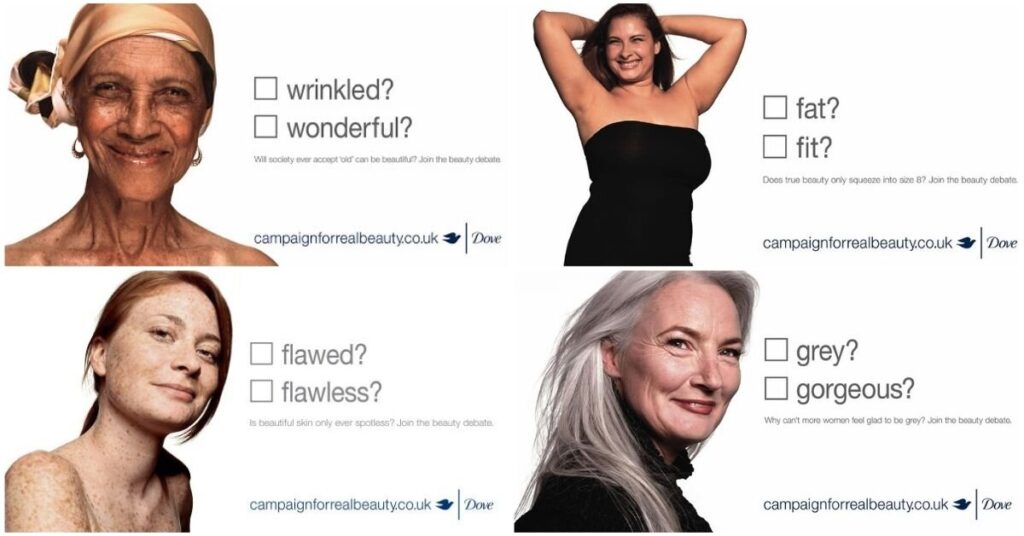Identifying brand authenticity and understanding its importance
Remember the phrase “fake it until you make it?” These days, it’s considered bad advice. In fact, 91% of consumers value honesty in companies they buy their products and services from.
A true, authentic brand needs content that resonates with its values. It also needs to be transparent with its policies and should own up to any of its mistakes. It’s telling that while 92% of marketers believe that most or all of the content their brand creates is authentic, the same survey suggests that “the majority of consumers disagree, with 51% saying less than half of brands create content that resonates as authentic.”
How do you narrow the gap?
Brand authenticity obviously begins with the brand itself. But the extent of that faithfulness ends with the consumer and, in a modern social media landscape, brands are no longer able to hide away. In fact, they’re expected to be as transparent and as real as possible.
To know whether your brand is true to its values, digitalwellbeing.org highlights four key components that you should have as a foundation for authenticity:
Continuity (the brand being faithful to itself)
Does your brand have consistent messaging and missions that reflect its current industry field and consumer trends?Credibility (being true to the brand’s consumers)
Are you really who you say you are? In other words: Do you do “exactly what it says on the tin?” You must fulfil any promises or wishful statements to your consumers, even if it means you lose revenue.Integrity (being motivated by caring and responsibility)
Is your mission statement based on true, moral principles and is that being reflected in your values?Symbolism (supporting consumers in being true to themselves)
Does your brand create value or, more importantly, does it reflect something your consumers or the general public care about? Brands need to practice what they preach and encourage their consumers to be their true selves.
A great example of brand authenticity is Dove’s 2004 campaign “Real Beauty” (now known as the “Dove Self-Esteem project.”) The first phase of the company’s marketing saw a series of billboards featuring “regular”, non-model women with a caption asking on-lookers to decide whether these women were “fat or fit?” or “wrinkled or wonderful?”
The mission statement alongside this campaign was that: “Beauty should be a source of confidence and not anxiety” and it is still a solid foundation in Dove’s vision today.
Over the years, Dove has continued this vision of “real beauty” by aligning its marketing efforts with its mission statement and, through various campaigns, it continues to challenge the public’s perception of beauty.
Then, in 2013 Dove released the video “Dove Real Beauty Sketches” to change the way women see themselves and, surprisingly to the women, sparked the realisation that they are their own worst critic when it comes to beauty.
The video was a viral hit for multiple reasons. But its key effectiveness was down to its ability to create an emotional connection with its audience, as well as carry a clear, concise message that conveyed Dove’s on-going mission.
This is why brand authenticity is important
Consumer behaviour has changed and traditional marketing techniques are increasingly becoming obsolete. Today’s consumers want and expect a lot more from businesses than just reasonable prices. Brands need to deliver what the consumer wants, being authentic and true to its values to maintain loyalty.
“Fake it until you make it” has long gone. We welcome “Honesty is the best policy.”
Need help creating strategic content that has purpose? Email contact@thatmediathing.com to find out how our experts can add something extra to boost your customer engagement.




